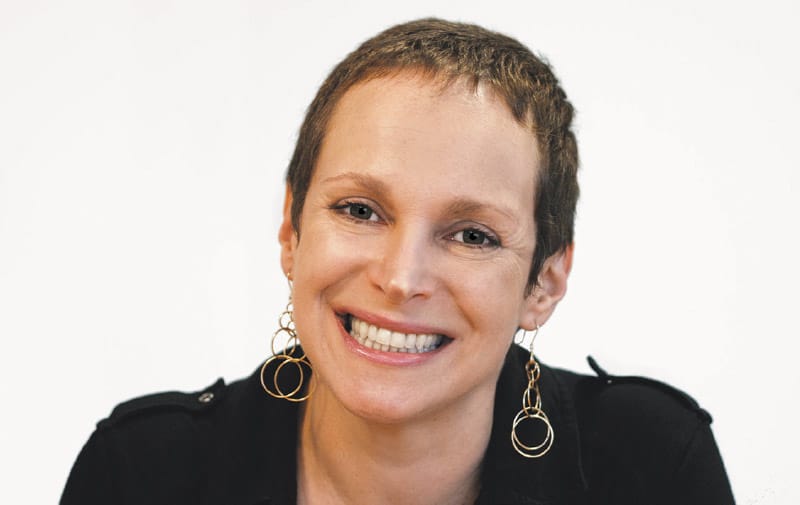FCC Pushes American 5G Globally, Public Infrastructure and Private Services, Topography As a 5G Hurdle for T-Mobile
FCC, USAID partner to secure 5G markets in developing world, Public Infrastructure/Private Service broadband model shows promise, Topography biggest hurdle for T-Mobile 5G deployment, The Federal Communications Commission on Wednesday signed a memorandum (PDF) with the U.S. Agency for International
Liana Sowa

FCC, USAID partner to secure 5G markets in developing world, Public Infrastructure/Private Service broadband model shows promise, Topography biggest hurdle for T-Mobile 5G deployment,
The Federal Communications Commission on Wednesday signed a memorandum (PDF) with the U.S. Agency for International Development “promote open, interoperable, reliable, and secure internet and digital infrastructure and advance interagency coordination on network security in developing countries.”
“This agreement will ensure that our agencies’ respective expertise are leveraged to ensure the best results for both the American people and communities around the world,” said Ajit Pai.
Motivated by the FCC’s plans for 5G , the FCC aims to make more spectrum available for 5G, update infrastructure policy, and modernize outdated regulations, this partnership will “ensure these networks are both open and secure,” said Pai.
USAID will lead in technical assistance as well as provide support to private sector and civil society organizations in developing countries. They will also seek to prove the business reasons for using open radio access networks and work with like-minded organizations in developing countries to prove the viability of these network alternatives.
Public infrastructure, private service broadband model shows promise
The business model that combines public infrastructure and private services for broadband deployment has been quite successful recently, according to a report produced by the Coalition for Local Internet Choice and the Benton Institute for Broadband and Society by Joanne Hovis, Jim Baller, David Talbot and Cat Blake.
In this model public entities fund, build, and own the infrastructure and private entities manage the broadband business, providing electronics and service that infrastructure. This setup allows each party to play to its strengths as public entities have experience building roads, bridges and other infrastructure, and private entities are more familiar with network operations, equipment provisioning, and service delivery.
Fiber-optic infrastructure that is not yet “lit” or put into use by a service provider is called dark fiber. The public infrastructure is usually dark fiber, but sometimes it’s a conduit for housing the fiber, or even a collection of fixed wireless technologies to supplement the fiber.
There have been variations on this model, for instance, sometimes the collaborators are private-private, public-public, or even cooperative-cooperative. Still, parties still fill the same roles with one providing infrastructure and the other service.
CLIC and Benton published a paper (PDF) fleshing out this model from a business and technical standpoint, providing case studies of problem-solving partnerships across the country:
Topography biggest hurdle for T-Mobile 5G deployment
Topography and not population density has been the greatest challenge for T-Mobile’s 5G deployment, said Chris Wieczorek, senior director-spectrum policy at T-Mobile.
Mountains are often the biggest obstacles. Citing the region around Asheville, North Carolina, Wieczorek explained that the side of the mountain with the tower gets excellent service, but just beyond the peak the service drops off because the signal can’t penetrate the mountain. Consequently, he said, these areas are often better served by wireline or electric utility broadband.
“Everybody wants high-speed broadband, but nobody wants to have a giant tower on top of their majestic mountain,” he said at America’s Spectrum Management conference.
Claude Aiken, president of the Wireless Internet Service Providers Association, said it will probably be a while before rural areas get 5G access, seeing as 5G equipment is still new and expensive.
Without funding, the costs of expanding broadband are too high, said Shreyas Ravi of Economists Inc.
Ravi pointed to the FCC’s auctions as the only path to expand broadband to everyone.









Member discussion